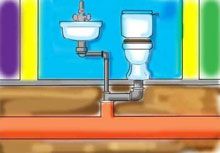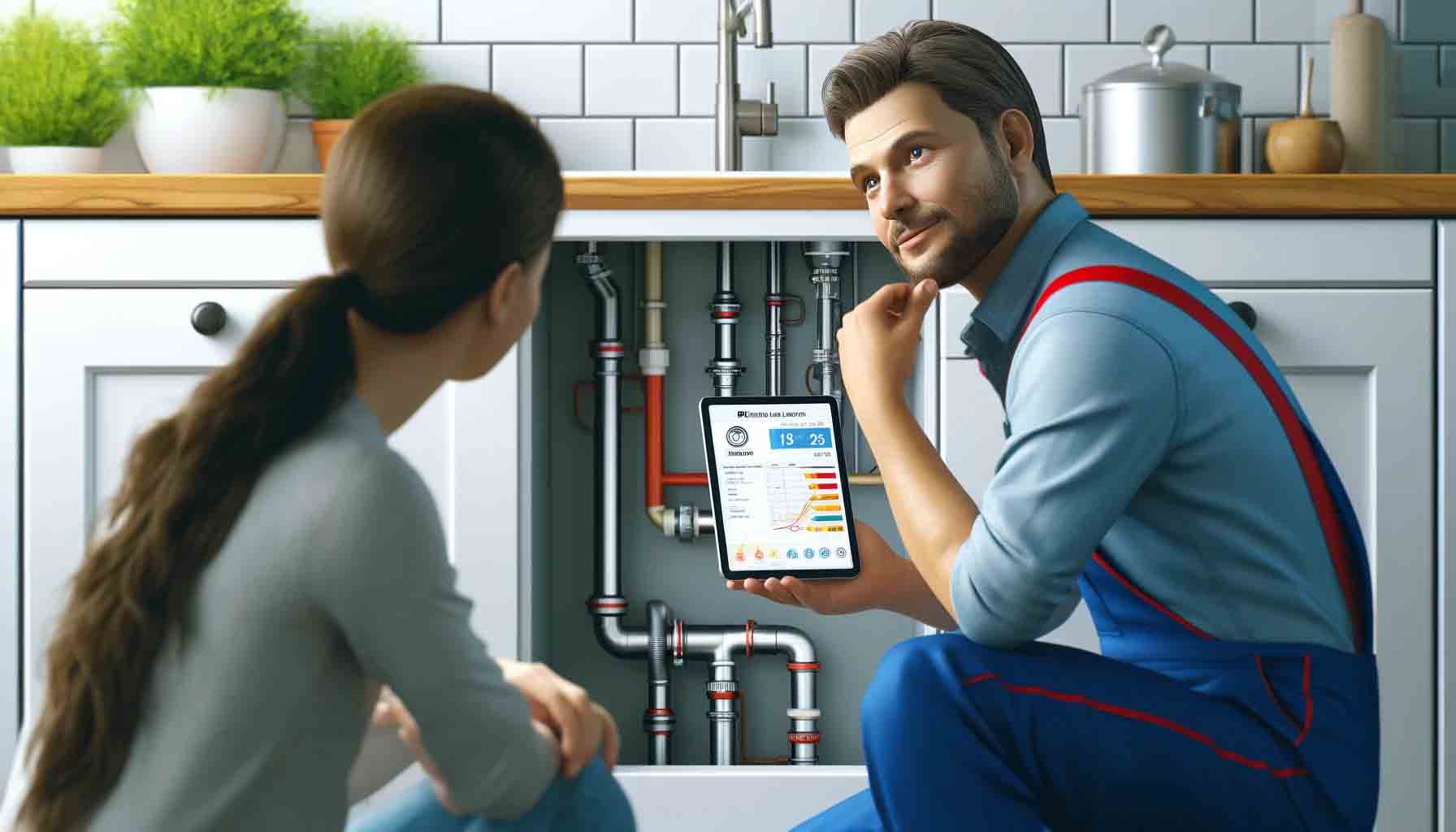
One of the important aspects of the blockage removal work is the cleaning and suctioning of septic tanks. The eloquently named “public utility replacement” is mainly used in areas without sewers to drain and store wastewater. Although such facilities can be considered less modern devices compared to the sewage system, we can still find them in the gardens of hundreds of thousands of rural houses. We must pay special attention to their proper operation and timely blockage removal.
What is a digestive pit?
Although at first glance it may seem like just a hole dug in the ground, it is actually a very complex structure. The septic tank, which is a concrete or steel container located inside the pit, is a key part of the entire system. It is usually 1 meter in diameter and 2-3 meters deep, and its capacity is usually between 4,000 and 7,000 liters. However, creating a septic tank requires a much larger area than a sewer, since in addition to the appropriate placement of the impressively large tank, we also need to provide a separate drainage area for the system.
How does the digestive system work?
During our usual household activities, we produce a lot of waste. For example, food scraps from washing dishes leave our homes mixed with wastewater and end up in the sewer or septic tank. Since wastewater contains small and large solid particles, they are processed in the septic tank, which contains millions of beneficial bacteria. Various microorganisms produce enzymes that help them break down solid particles into smaller molecules. This makes it easier for the bacteria to digest the dirt, and the resulting gray water can also be used for irrigation of the soil.
Why do we need to sniff the digestive pit?
Since the small sewage treatment system in the septic tank is not connected to the central sewage treatment system, its contents must be emptied at certain intervals. As in the case of the sewer, the walls of the septic tank can also become greasy. Since this greatly impairs the permeability of water, such a system can only process and drain the sewage properly after a while. In this case, the septic tank will be full, and only immediate and professional unclogging can help.
How and how often is the digestion pit cleaned?
While the wastewater sewer cleaning significant advances have been made in the past decades (e.g. cleaning with woma), while the digester blockage The well-proven suction pipe is still used today during the removal of blockages. The frequency of blockage removal will be determined by the capacity of the digester, the absorbency of the soil, and the amount of use. However, with some commercially available agents, the decomposition of the system contents can be accelerated. Due to the less frequent removal of blockages, suctioning can also be done more economically.
What should we pay attention to when creating and operating the digestive system?
It is true that if the property is used occasionally, then the septic system – even if there is a sewer system – can be a more cost-effective alternative to the sewer. However, it is not always practical to build a septic tank compared to the sewer. In places with high groundwater levels, the pit can easily fill up after a rainstorm, which can flood our garden with a pungent stench. Since melting snow, floods or sudden rainfall are always a serious source of danger, it is worth checking the water level of the septic tank regularly and having the necessary blockages removed before problems arise.
If there is a functioning septic tank in our garden, we need to pay even more attention to what materials can get into it than in the sewage system. If non-degradable solid waste such as cigarette butts or various hygiene items (sanitary pads, earpicks, etc.) get into the system, they can easily cause blockages. And the pesticides and herbicides found in our households can kill the bacteria responsible for the breakdown, and even destroy the entire bacterial culture of the septic tank.
How to eliminate the digestive pit?
Since the use of a less modern solution compared to the sewer can seriously pollute our environment, in the case of sewered homes, the transition to the sewer may even be prescribed in a regulation. If we have decided to drain our household wastewater using a sewer, it is mandatory to remove and bury the septic tank. This ensures that we do not harm our environment in the future, and that the unused septic tank cannot become a source of fatal accidents.












